Dewclaws, those extra toes located on the inside of a dog’s legs, are a curious feature that not all breeds possess. While most dogs have dewclaws on their front legs, there are certain breeds that also have them on their hind legs. In this comprehensive guide, we’ll delve into the fascinating world of rear dewclaws, exploring which breeds possess them, their potential purposes, and the unique characteristics associated with these breeds.
Understanding Rear Dewclaws

Rear dewclaws are an intriguing feature found on some dog breeds, located higher up on the inside of the leg than the primary set of toes. While most dogs have dewclaws only on their front legs, certain breeds also possess them on their hind legs. Understanding rear dewclaws involves exploring their anatomy, potential functions, and significance in different breeds.
Anatomy
Dewclaws are essentially vestigial digits, resembling thumbs, located on the inside of a dog’s leg. Rear dewclaws are positioned higher up on the leg compared to the primary set of toes. They may appear singly or in pairs, depending on the breed.
Potential Functions
The exact function of rear dewclaws in dogs is still a subject of debate among experts. While they lack the mobility of human thumbs, rear dewclaws may serve several purposes:
- Gripping Objects: Rear dewclaws may provide dogs with additional gripping ability, particularly when navigating rough terrain or holding onto objects.
- Stability: Rear dewclaws could offer dogs added stability, especially when moving at high speeds or making sharp turns.
- Traction: In snowy or icy conditions, rear dewclaws may help dogs gain traction and prevent slipping.
- Balance: Rear dewclaws might contribute to a dog’s overall balance and agility, aiding in activities such as climbing or jumping.
Significance in Different Breeds
The presence of rear dewclaws varies among dog breeds, with some exhibiting them consistently and others lacking them entirely. Certain breeds, such as the Pyrenean Mountain Dog and Anatolian Shepherd Dog, commonly possess rear dewclaws, while others, like the Labrador Retriever, typically do not.
Evolutionary Considerations
The origins of rear dewclaws in dogs remain somewhat mysterious. Some theories suggest that they may be remnants of ancestral traits from wild canids or serve as adaptations to specific environments and tasks. Regardless of their evolutionary origins, rear dewclaws have persisted in certain breeds, suggesting that they may confer some advantage or have been selectively bred for over time.
Breeds with Rear Dewclaws
Pyrenean Mountain Dog
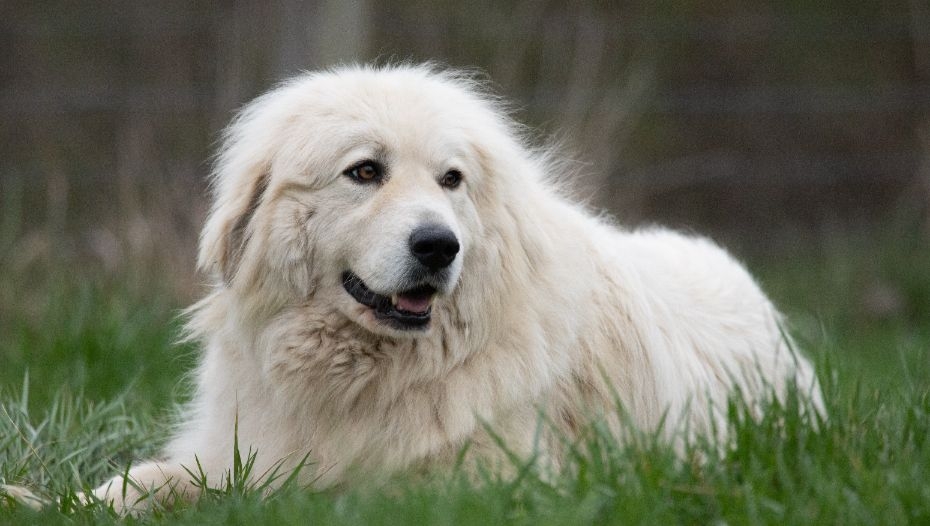
Origin: France
Purpose: Livestock guarding
Appearance: Typically one pair of hind leg dewclaws, but double dewclaws are not uncommon.
The Pyrenean Mountain Dog, also known as the Great Pyrenees, is a majestic breed with ancient origins. Bred for guarding sheep in the mountainous regions of France, these dogs often exhibit rear dewclaws, providing them with additional stability in challenging terrain.
Beauceron

Origin: France
Purpose: Livestock herding and guarding
Appearance: Double set of hind limb dewclaws, positioned lower down the leg.
The Beauceron, another French breed, is renowned for its intelligence and versatility. Used historically for herding and guarding livestock, these dogs often have double hind dewclaws. Positioned lower on the leg, these dewclaws aid in distributing the dog’s weight, particularly useful in snowy or icy conditions.
Briard
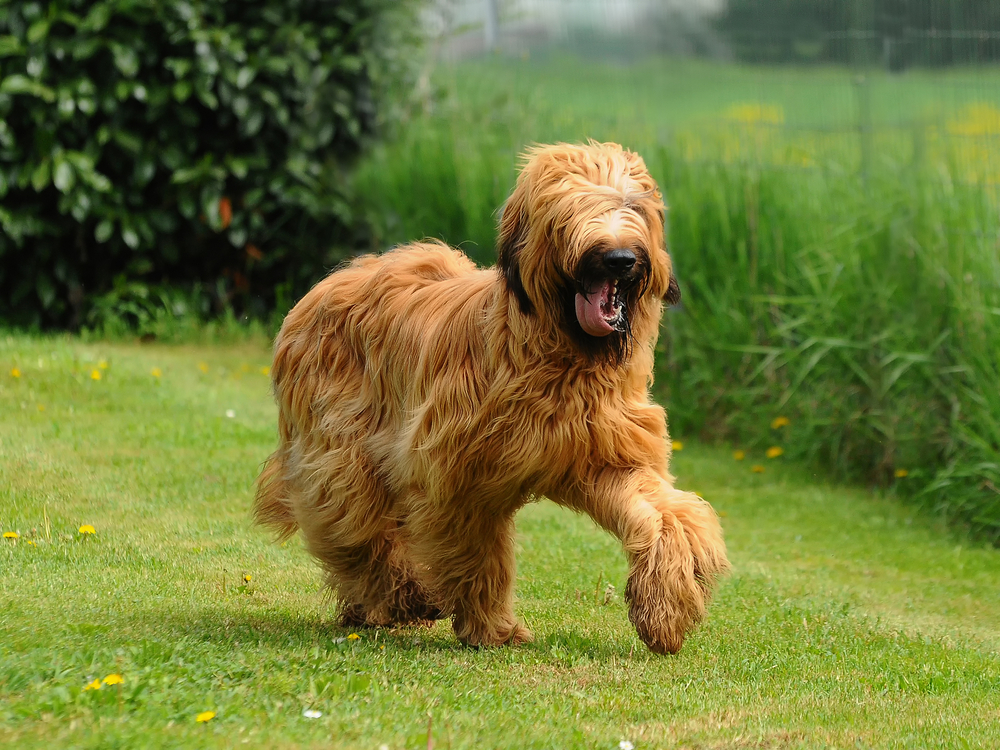
Origin: France
Purpose: Herding and guarding sheep
Appearance: Typically double hind dewclaws, positioned relatively low on the leg.
The Briard, a rugged and loyal breed, shares its French heritage with the Beauceron. With a history as a working dog, Briards often exhibit rear dewclaws, providing them with enhanced agility and stability in their role as herders and guardians.
Norwegian Lundehund
:max_bytes(150000):strip_icc()/norwegian-lundehund-345876481-2000-cacf0d4862b4491d8b92022b9e857289.jpg)
Origin: Norway
Purpose: Puffin hunting
Appearance: Double pairs of hind limb dewclaws, unique toe structure.
The Norwegian Lundehund is a breed like no other, renowned for its extraordinary toe count and structure. With at least six toes per foot, including double pairs of hind dewclaws, these dogs are specialized for navigating rugged terrain and hunting puffins along Norway’s coastal cliffs.
Anatolian Shepherd Dog

Origin: Turkey
Purpose: Livestock guarding
Appearance: Almost always double hind leg dewclaws.
The Anatolian Shepherd Dog, originating from Turkey, is a formidable guardian of livestock. With a heritage dating back thousands of years, these dogs often possess rear dewclaws, providing them with additional stability and traction in their mountainous homeland.
Catalan Sheepdog
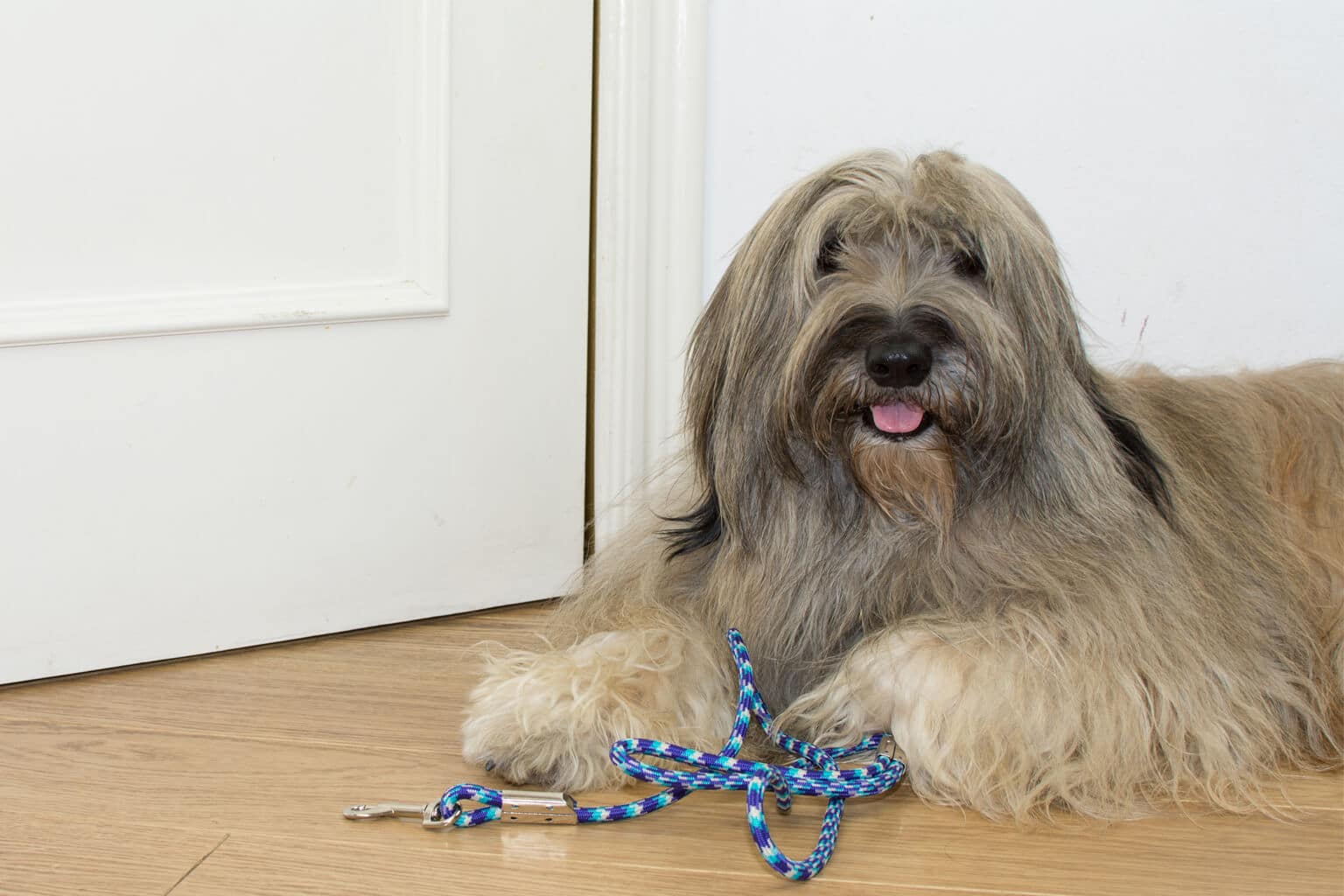
Origin: Spain
Purpose: Herding and guarding
Appearance: Double pair of hind dewclaws, sometimes joined together.
The Catalan Sheepdog, or Gos d’Atura Català, is a versatile herding breed originating from the Pyrenean region between Spain and France. Known for its intelligence and agility, these dogs often have rear dewclaws, aiding them in their role as agile herders in rugged terrain.
Saint Bernard
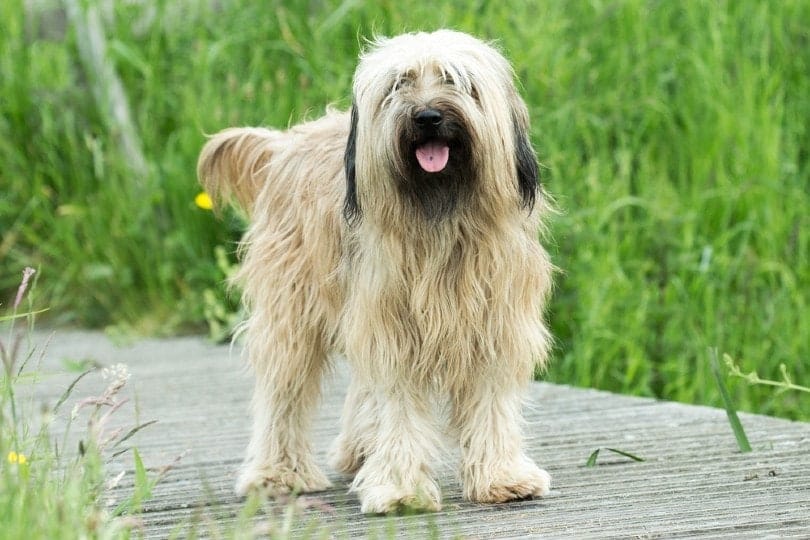
Origin: Switzerland
Purpose: Mountain rescue
Appearance: Typically one single pair of hind leg dewclaws, but double dewclaws are possible.
The Saint Bernard is synonymous with mountain rescue, renowned for its gentle nature and strength. While these dogs typically have single hind dewclaws, some may possess doubles. These dewclaws provide additional traction and stability when traversing snowy slopes during rescue missions.
Estrela Mountain Dog
:strip_icc()/GettyImages-1486056106-ccd69f4e98aa4d32b1752a5d8190c02e.jpg)
Origin: Portugal
Purpose: Livestock guarding
Appearance: May have either single or double dewclaws.
The Estrela Mountain Dog, or Cão da Serra da Estrela, hails from Portugal and is valued for its loyalty and protective instincts. While not as consistently seen as in some other breeds, rear dewclaws may be present in Estrela Mountain Dogs, enhancing their stability and agility in their role as guardians of livestock.
Commonalities Among Breeds with Rear Dewclaws
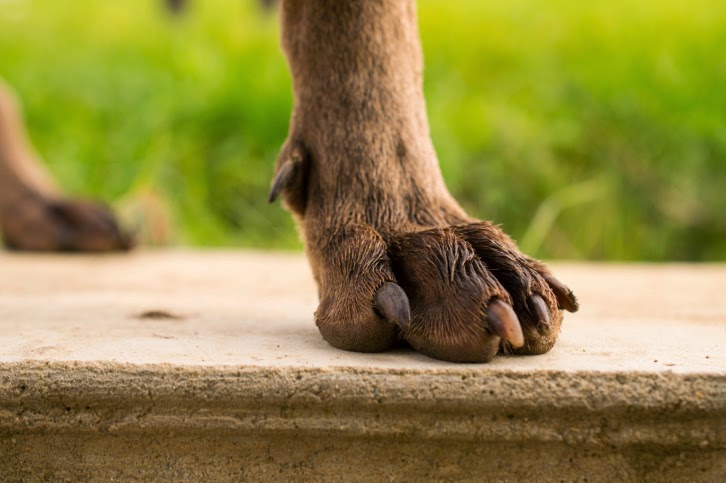
Size and Terrain
Many of the breeds discussed, such as the Pyrenean Mountain Dog and Saint Bernard, are large or giant breeds. These breeds often originated from mountainous regions, where they faced rugged terrain and harsh weather conditions. The presence of rear dewclaws in these breeds may have provided them with additional stability and traction while navigating challenging landscapes.
Working Heritage
Most breeds with rear dewclaws have a rich history as working dogs. Whether herding livestock, guarding flocks, or performing rescue missions in mountainous regions, these breeds have been bred for specific tasks that require agility, strength, and endurance. Rear dewclaws likely played a role in enhancing their performance in these roles by providing added stability and agility.
Environmental Adaptations
The geographic origins of these breeds also play a significant role in the prevalence of rear dewclaws. Many of these breeds hail from regions with harsh climates and rugged terrain, such as the Pyrenees mountains or the snowy slopes of Switzerland. In these environments, rear dewclaws may have offered advantages in navigating rocky terrain or traversing deep snow.
Selective Breeding Practices
Over centuries of selective breeding, certain traits, including rear dewclaws, may have been deliberately preserved or enhanced in these breeds. Breeders likely recognized the benefits of rear dewclaws in working dogs and selectively bred for this trait to ensure that future generations would possess the same advantages in their respective roles.
Evolutionary Adaptations
It’s also possible that rear dewclaws are an evolutionary adaptation that developed over time in response to the specific needs and challenges faced by these breeds in their natural environments. Dogs with rear dewclaws may have had a survival advantage, leading to the prevalence of this trait in certain populations.
Conclusion
Rear dewclaws are a fascinating aspect of certain dog breeds, providing them with additional stability, traction, and agility in their respective roles. From ancient guardians of livestock to modern-day mountain rescue heroes, these breeds showcase the diverse ways in which dogs have adapted to their environments and tasks. Whether single or double, rear dewclaws serve as a testament to the remarkable diversity and versatility of man’s best friend.

